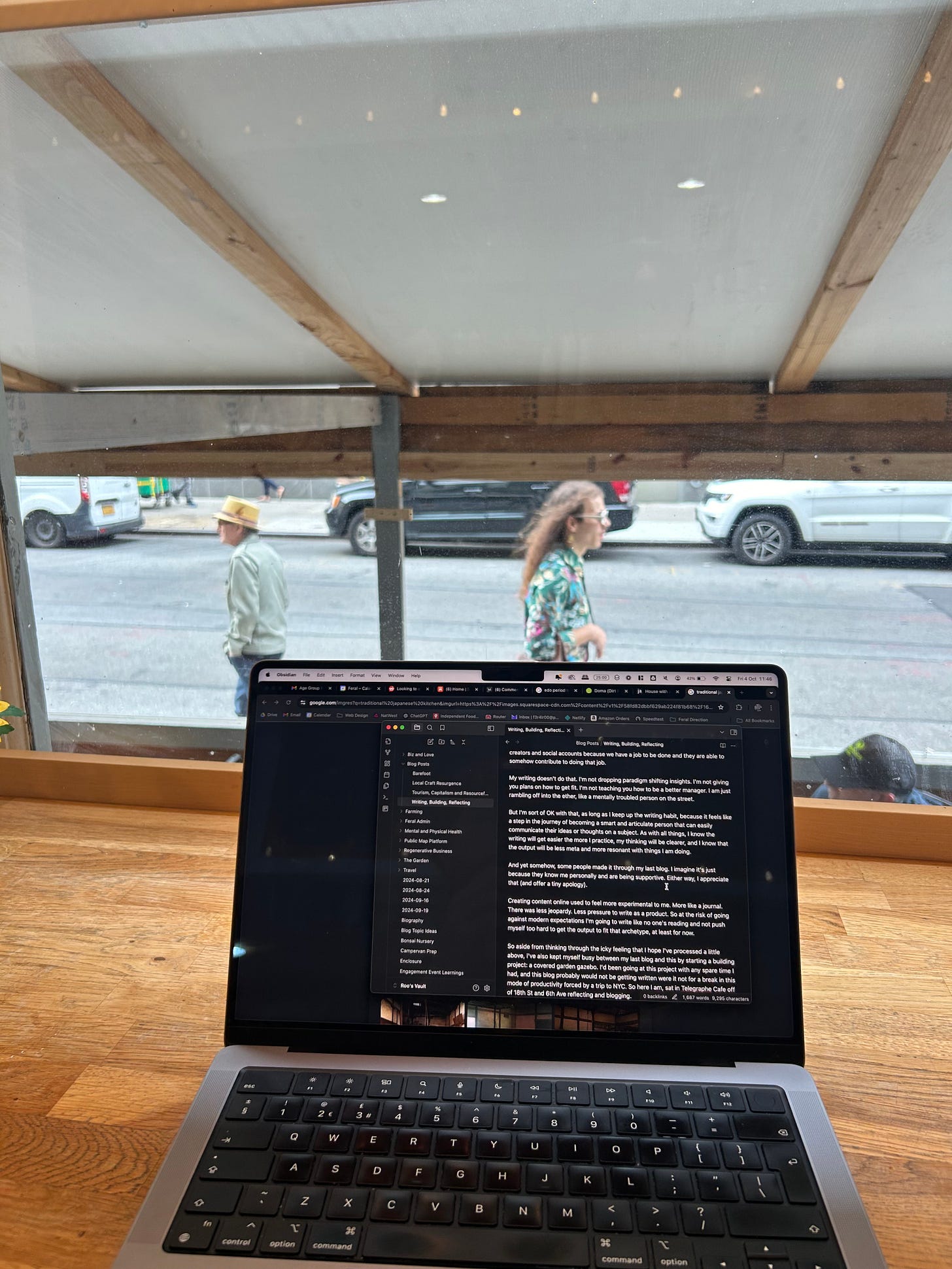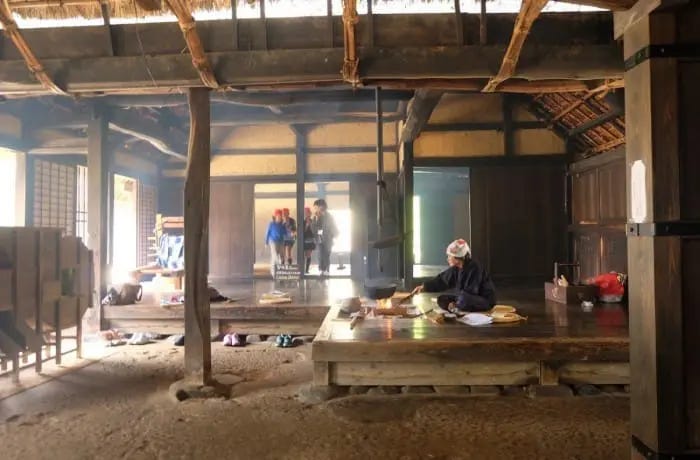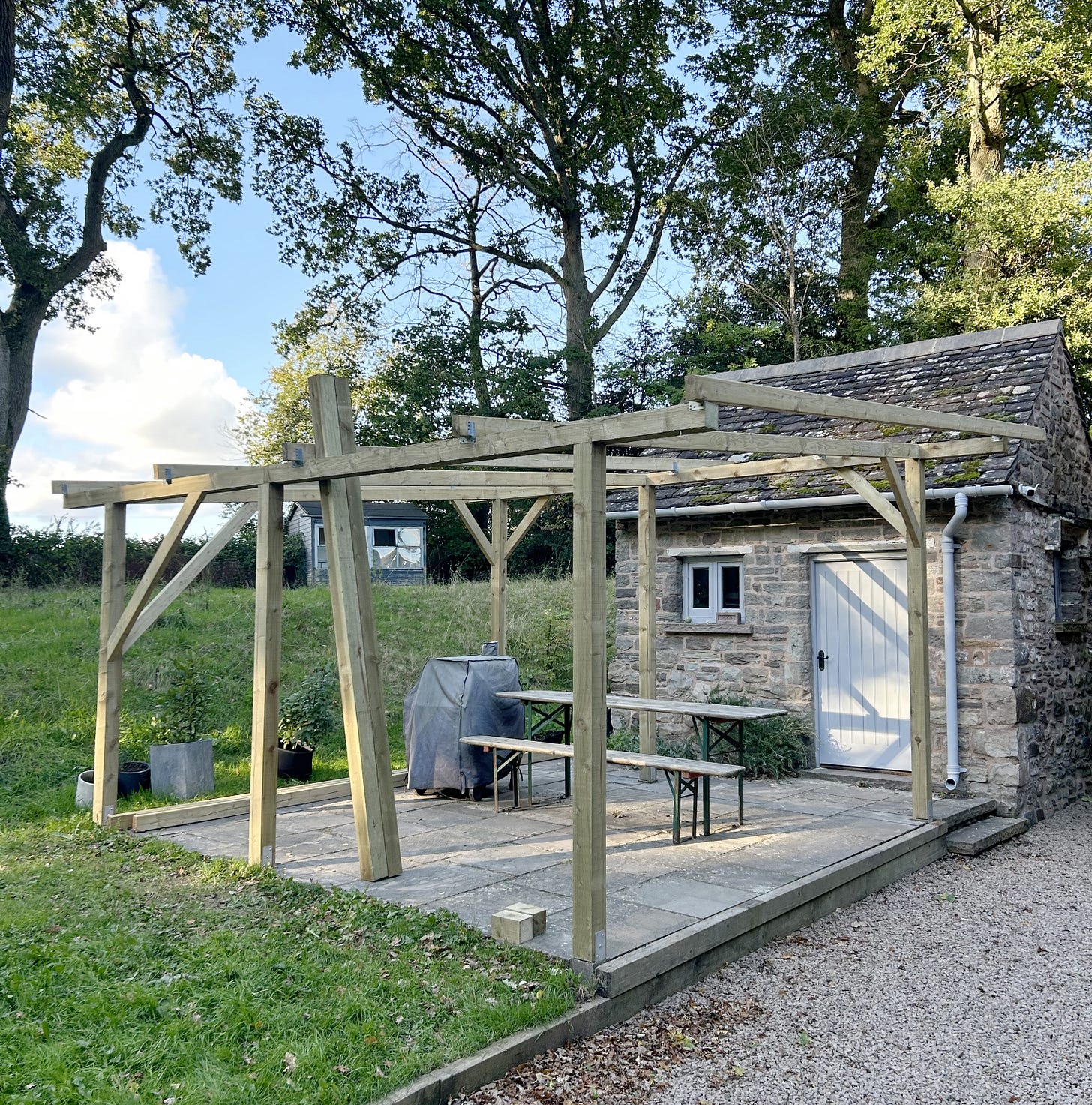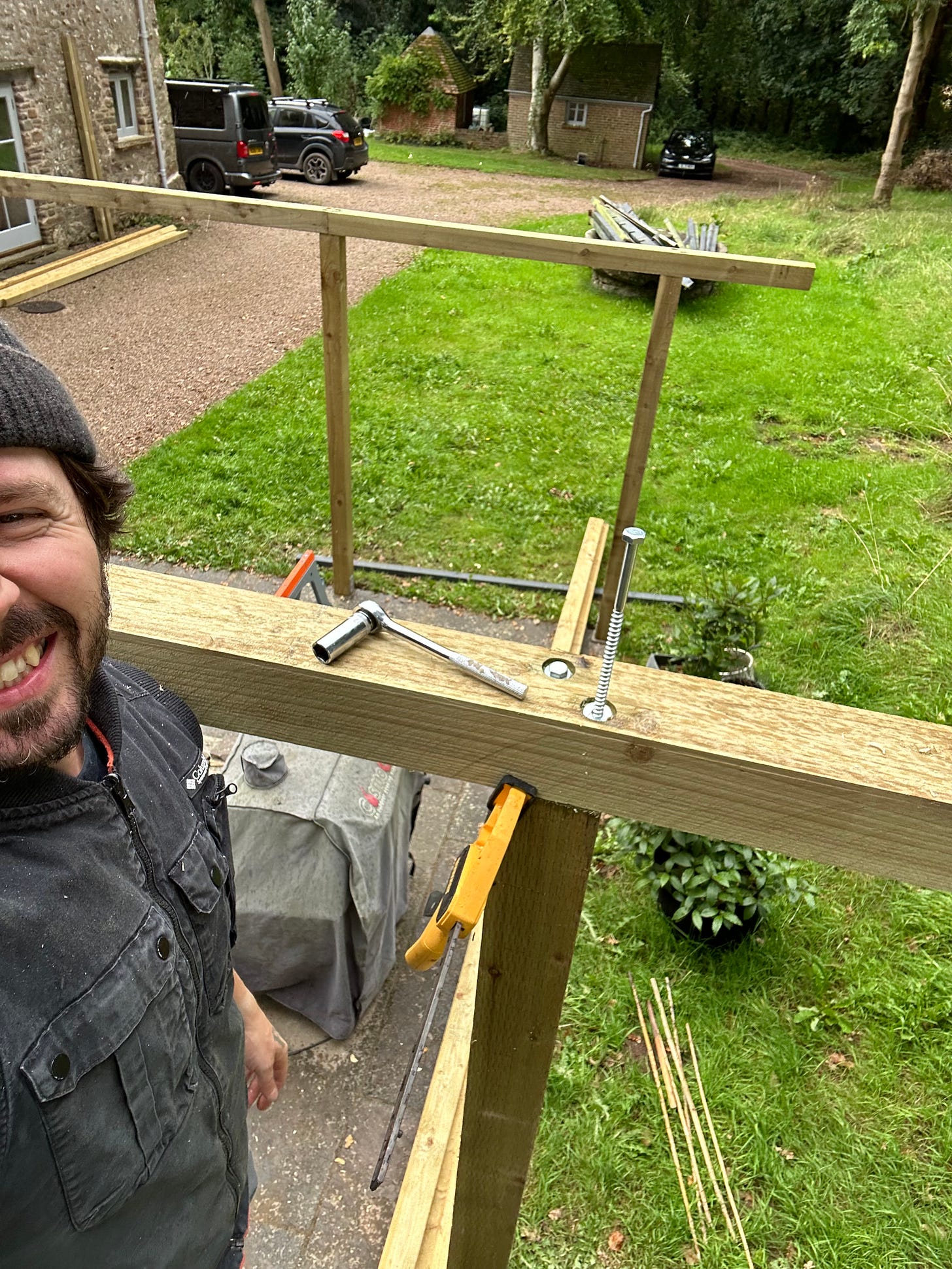I'd planned to write a blog about local crafts in my last post but alas, four weeks have passed and the blog has not been published. It's been started but the argument in it doesn't feel resolved and I'm not feeling like I have the energy to tackle that particular topic at the moment.
Writing as a Tool, Not a Product
Since publishing my last blog about hiking the Everest Base Camp trek, I realised I didn't actually want to share it. Not because I didn't want people to read it, but because I don't feel like it gave anyone any takeaways. These days everything seems to be a product. You follow an Instagram account because it's a product. The post history gives you an idea of what to expect, it usually follows a certain subject matter or aesthetic and in following you've decided that feed is going to do some job for you - inspire, motivate, clarify your thoughts, make you laugh. We generally follow creators and social accounts because we have a job to be done and they are able to somehow contribute to doing that job.
My writing doesn't do that. I'm not dropping paradigm shifting insights. I'm not giving you plans on how to get fit. I'm not teaching you how to be a better manager. I am just rambling off into the ether, like a mentally troubled person on the street.
But I'm sort of OK with that, as long as I keep up the writing habit, because it feels like a step in the journey of becoming a smart and articulate person that can easily communicate their ideas or thoughts on a subject. As with all things, I know the writing will get easier the more I practice, my thinking will be clearer, and I know that the output will be less meta and more resonant with things I am doing.
And yet somehow, some people made it through my last blog. I imagine it's just because they know me personally and are being supportive. Either way, I appreciate that (and offer a tiny apology).
Creating content online used to feel more experimental to me. More like a journal. There was less jeopardy. Less pressure to write as a product. So at the risk of going against modern expectations I'm going to write like no one's reading and not push myself too hard to get the output to fit that archetype, at least for now.
So aside from thinking through the icky feeling that I hope I've processed a little above, I've also kept myself busy between my last blog and this by starting a building project: a covered garden gazebo. I'd been going at this project with any spare time I had, and this blog probably would not be getting written were it not for a break in this mode of productivity forced by a trip to NYC. So here I am, sat in Telegraphe Cafe off of 18th St and 6th Ave reflecting and blogging.
Building The Inside, Outside
Back home, in Wales, it is rainy. It rained non-stop last winter and in quantities more I'd ever known. Because I live in the countryside that meant a lot of mud. Walks in nature become difficult with slick, slippery paths and mud puddles that swallow your boots. The dog and her little stick legs get covered in mud. That covers your car seats in mud. Your garden becomes a squishy sponge. Even on the dry days, everything is damp. Being outside is a bit of a struggle.
But I love being outside. I love outdoor cooking. I love doing messy craft projects that cause wood shavings to fly everywhere. I like doing gardening things. I want to continue doing that stuff even when it rains.
Traditional Japanese houses had an entire covered area at the entrance with a floor made of dry, compacted earth called a "doma". Its rough meaning is "a space that makes the indoors the same as the outdoors" and it formed a sort of porch before you stepped up onto the raised main floor. In this space, the houses's occupants would do 'dirty work' like washing vegetables, cooking and carpentry projects.
While I would love to replicate this directly and make the area next to our home entrance completely covered, I had to work within the confines of a house that is rented and use existing infrastructure.
So I decided to take down and break up an existing pergola that covered a patio in our garden and build a gazebo. The difference between a pergola and gazebo is this - a pergola just offers shade with a slatted roof that usually has plants encouraged to grow across it. A gazebo has a solid roof that will protect underneath from rain and sun apparently. Ours will have a clear roof so there will still be light, but it will create an outdoor space sheltered from the elements.
Building it Cheaply but Properly
While people do build these structures using premium cedar or oak beams, I sourced the bulk of my materials from Facebook Marketplace. I scored some treated wood, 3m long fence posts for £10 a piece which was a bargain. I got a bunch of 4m long pieces to create the rafters for a similar bargain price. With many large infrastructure projects going on around my house, particularly in the South Wales valleys, there are often excess materials that workers take home and I suspect that's how this timber finds its way on Marketplace.
Knowing the material sizes and area I had to work in, I was able to start mocking up a design in a 3D CAD application. Building it in this digital space gave me a good sense for how it would look and makes calculating measurements and angles at build time a breeze.
While I was familiar with wood working, I'd never done anything that involved concrete, and due to this structure having a covered roof that would act effectively as a sail in the wind, it would need some solid concrete footings to save it from shaking loose. I had to lift patio slabs and dig down 45cm and pour a concrete into these holes. 45cm is advised to be below the frost line in my area. Earth is permeable to water but when you pour concrete into a hole in the earth you create a barrier that stops its movement. That water collects around the concrete mass, hugging the sides and bottom of it and then when the weather gets below freezing, that water can freeze, expand and begin to gradually loosen the earth around the concrete leading to instability and movement that will inevitably affect the structure above ground. No bueno. Ensuring you dig below the frost line means that the water down there should never freeze and so your footing will remain stable.
The building process felt very primitive and raw to me. You mark out an area using string wrapped around sticks. You measure and mark the level of the ground using sticks banged into it. You're mixing sand and stones and cement at a rough ratio to make the concrete. You stick together pieces of wood to make a mould if you need to shape the concrete.
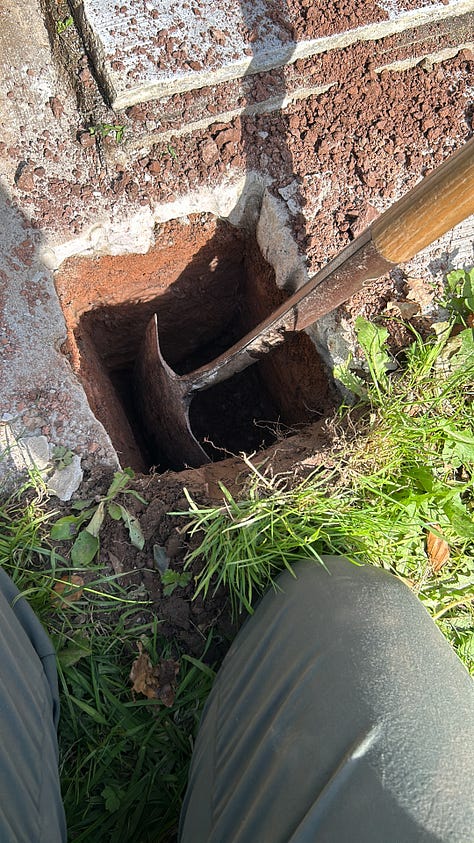


I had to lift the patio slabs, chisel a hole in the existing concrete slab that held the slabs, dig the 45cm holes in a mix of soil and sometimes very hard clay, pour the concrete, sit a mould collar on top to make a nice square shape that I could fit the slabs back to, insert the brackets and get them level, wait for it to cure, cut the slabs to fit using an angle grinder, relay then and re-point them which was adding concrete around the slab perimeters. The process took me around 3 days and resulted in my having some brackets cast into concrete footings. A lot of work for what seems like a small output but now it's done properly, and should last.

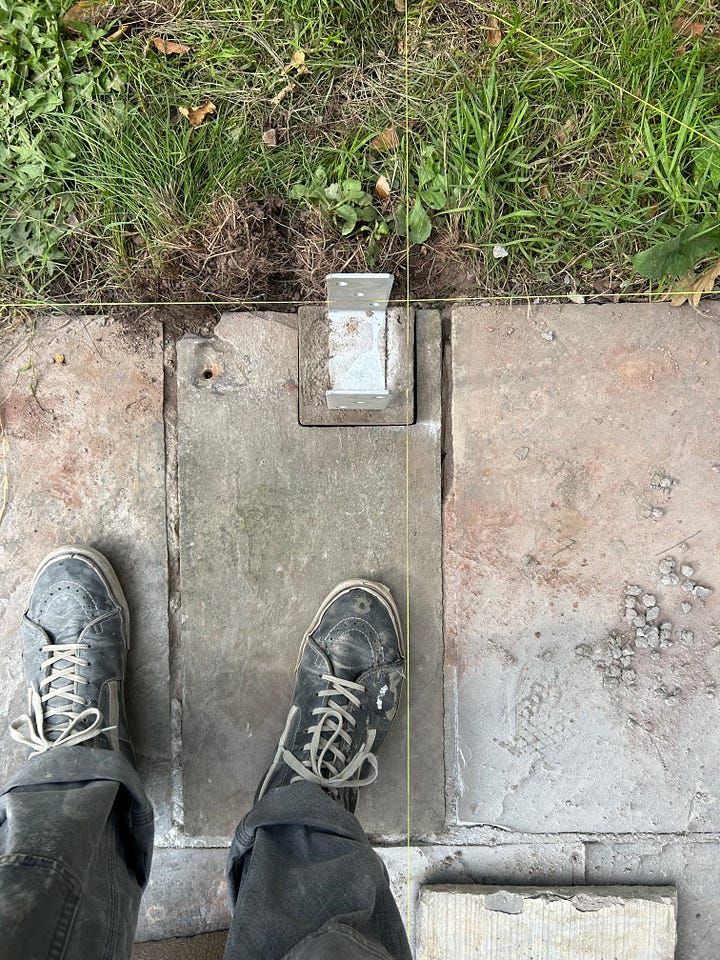
The resulting structure at this stage is solid but due to the footings being a little flexible, is able to wobble when shook. It turns out these footings are better for lean-to gazebos - structures that are build off another solid structure that resists lateral forces, like a house. So the next stage on this project involves me drilling some holes in the walls of the adjacent shed, bonding some iron bar into it and then connecting these to my gazebo structure to increase stability.
Ideally I would have cast the fence posts directly into the concrete instead of using the footings. The downside is that the footings would harbour water around them and so eventually succumb to rot, so I haven't completely messed up by doing it in the way I have and I look forward to solving the problem using my iron bar solution.
Curiosity and Learning New Things
As usual I considered the fading relevance of of societies educational institutions as I learned how to do all these new things through the teachings of passionate people publishing YouTube videos, with the occasional questions fired over to my father-in-law who is a civil engineer and my friend Dean Kahlil who is a builder by trade but also draws and paints as an artist. A rare breed indeed.
On discovering my electric chop saw was too small to deal with the 100 x 100mm fence posts, I even learned how to cut wood straight and square using a hand saw!
The wooden structure came together in a few days and was pretty straight forward apart from a few design tweaks made along the way as I saw it materialise.
As mentioned, I'd never done any of this stuff, and I did it single handedly. With an abundance of information readily available at our fingertips, the ability to be curious and set a project for oneself seems to be the most important skill of our time, and one that I hope new school curriculums are promoting. I can say for sure that my school experience valued conformity over innovation and I am still working through the process of learning how to set myself projects and get them done.
Indeed, I hope that you, reader, live your life in a way that values and honours your curiosity by listening to your heart and learning into whatever excites you, even if it does deviate from what would be considered the norm amongst your peer group or within your lifestyle.
As a society, we’ve never had so much potential.




